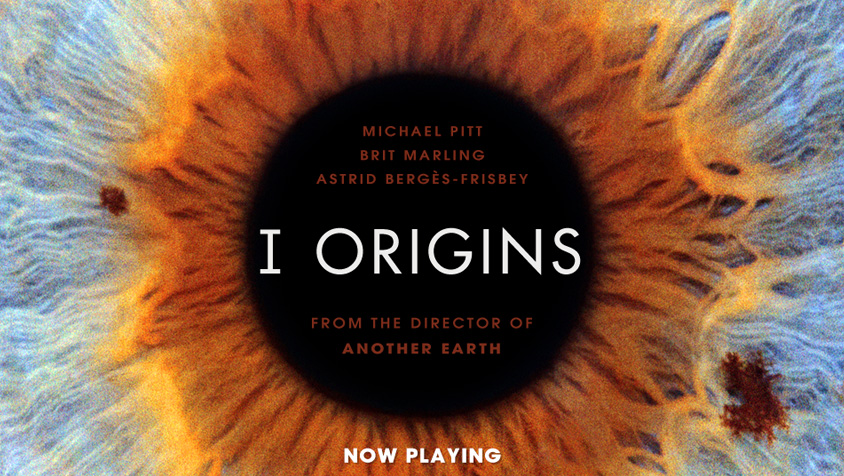
Question: [to Michael Pitt] So how does something like that get pitched to you? What drew you to this film?

Mike Cahill: We still have a lot of handheld shots, they’re a little bit more stabilized. And I wanted to try, I mean, I was going for a sort of poetic realism. Handheld has a sort of an alive feeling to it. But I worked with this great cinematographer Markus Forderer. I saw a film that he shot in Switzerland, well he didn’t shoot it in Switzerland, I saw it there, and I sort of tracked him down and I’m like “I need to work with this guy”, like I could feel that we were in sync. And we were lucky to be able to shoot this film with two cameras simultaneously for most of it, two Reds, an Epic and a Scarlet, and I would operate one and he would operate the other. And it was amazing, it allowed us the ability to capture really wonderful gems. But also I wanted to experiment, to push and find some new boundaries, new land in terms of techniques and aesthesis. The film for example, for example, has a double vertigo shot, the first time ever in movie where we harnessed this tool, this robotic techo-crane that you can program all the positions of the camera into. So it allowed us to do a vertigo shot in, 180, and do a vertigo shot out, in one continuous move.
Question: Did you have more toys to play with then on Another Earth?
Mike Cahill: Yeah, a little bit more…
Question: Another Earth wasn’t on Red, was it?
Mike Cahill: Another Earth was on the Sony EX-3. And it shot 1080p, actually we shot 720p. And it was like, I remember when we sold it to Fox they were like: “Is there any way we can make the picture, like… better?” And I’m like: “…Um, what do you mean?’ And they’re like: “I don’t know, just better.” But this we shot in 4K so it’s like “boom!” And there’s so many visual effects shots that are invisible in there…
Michael Pitt: We have 200 visual effects shots in the film. The eyes of the little girl are done in post…
Question: Well, you know it’d be kind of hard to find two people with the exact same eyes…
Michael Pitt: For me it’s the best way to use visual effects. Mike was using I would say really current, state-of-the-art equipment for this movie, but I don’t see this movie being dated. You’ll never see that, and that’s the hardest thing to do with visual effects. You get all this new gear and, you know, very often the filmmakers will just exploit it, it’s just there, it’s all out in the open, and then five years later it’s just like: “Yeah, it’s actually not that cool anymore.” So to do it seamlessly is a really precise thing, and what they were doing with those eyes, putting those eyes, Astrid’s eyes in Kashish’s head, is really complicated. That’s really really complicated work. To be honest, when he was talking about it, Mike was really obsessing over it all throughout the film. There was times when I was going, “Is this going to work?” But it did, he pulled it off.
Question: Why do you feel that these big, large-scope sci-fi stories are good for telling small, personal love stories?
Mike Cahill: You know sometimes when you watch those big sci-fi movies and you see the army generals and heroes, and I always wonder what everyone else is doing. You know, everybody else is doing something. And they eat, sleep, shower, use the toilet, and like there’s this other paradigm now. And I think also, in the intimate stories, you can touch upon something universal, like loss, or wanting somebody back.

 RSS Feed
RSS Feed
